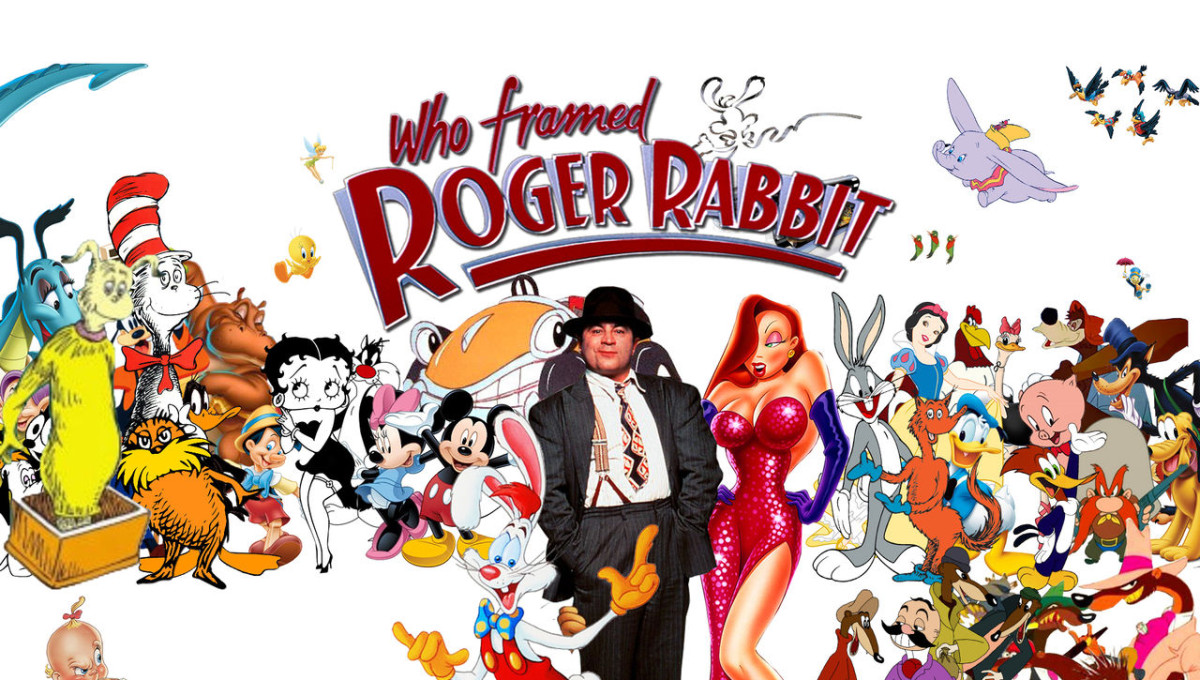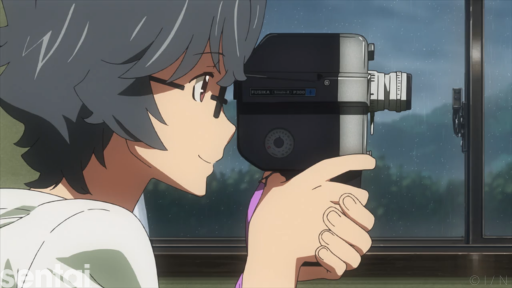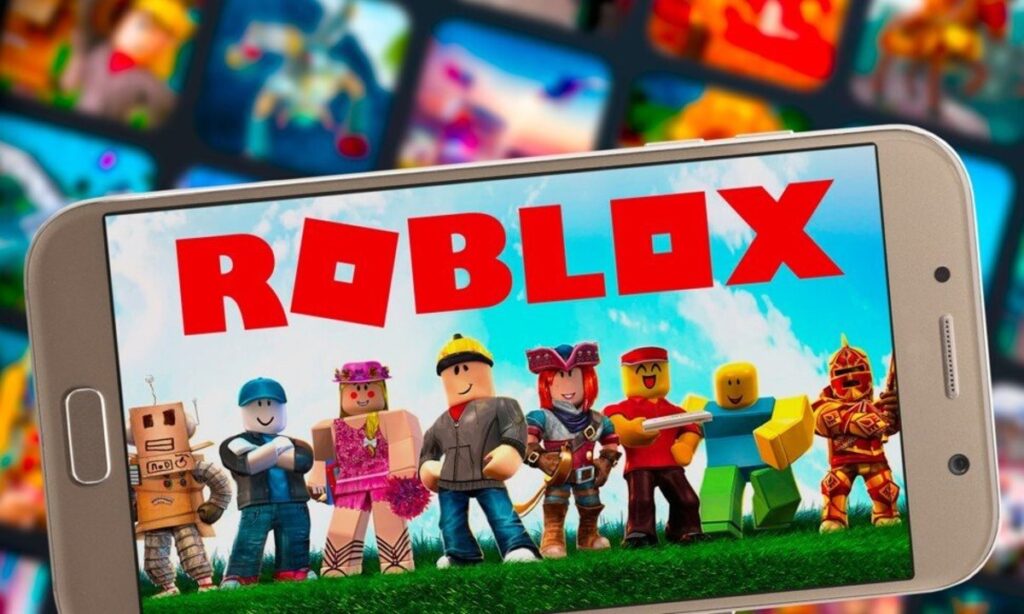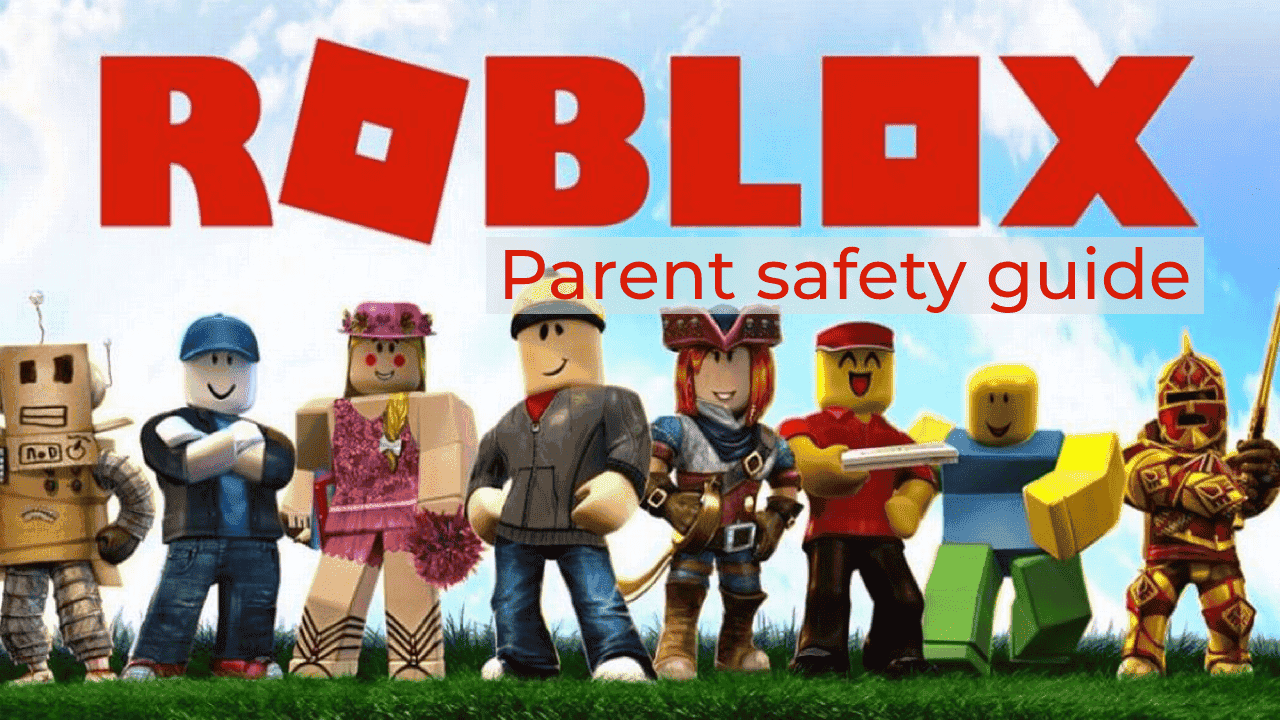Animation is a vibrant and versatile medium, offering a limitless canvas for storytelling across diverse genres. From the timeless charm of comedies and adventures to the poignant depths of dramas and the fantastical worlds of sci-fi, animation allows creators to engage audiences of all ages with captivating narratives and stunning visuals. However, navigating this vast landscape can be daunting, especially for aspiring writers. Fear not! This guide delves into various animation genres, under 3 broad categories: Classics,Emerging and Beyond Genres, providing insightful tips, helpful resources for animation screenwriting, and inspiring examples to help you embark on your animation screenwriting journey.
1. Animation Screenwriting for Classic Genres :
i. Comedy:
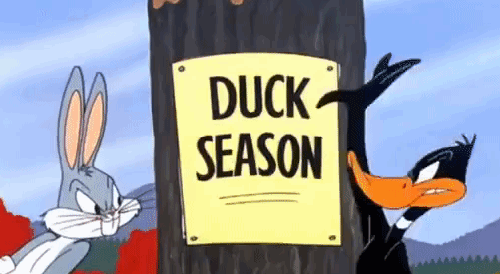
Comedy is a cornerstone of animation, offering timeless entertainment through witty humor, slapstick antics, and exaggerated characters. From the iconic Looney Tunes to the modern marvel of The Mitchells vs. the Machines, animated comedies transport us into a world of laughter and silliness, providing an escape from the everyday.
What it comprises of:
- A strong comedic premise that sets the stage for laughter.
- Memorable characters with distinct personalities and humorous quirks.
- Diverse styles of humor, ranging from slapstick to satire and observational humor.
- Exaggerated animation that amplifies the humor and creates absurd situations.
- Fast-paced narratives that avoid bogging down the humor with unnecessary exposition.
Tips for animaton screenwriting in comedy:

- Develop a unique comedic situation that forms the core of your story.
- Create characters that are not only funny but also relatable and endearing.
- Experiment with different types of humor to find your comedic voice.
- Utilize animation’s visual potential to create exaggerated movements and absurd scenarios.
- Keep the pacing brisk and avoid exposition dumps that disrupt the comedic flow.
Helpful video resources:
- “How to Write a Funny Scene: A Crash Course in Comedy Screenwriting” by StudioBinder
- “The 5 Pillars of Comedy: How to Write Funny Jokes” by ScreenCraft
- “Funny Mistakes Writers Make” by John August:
Examples of successful animated comedies:
- Looney Tunes (classic slapstick)
- The Simpsons (satire)
- Rick and Morty (meta humor)
- The Mitchells vs. the Machines (family comedy)
- Bob’s Burgers (comedy-drama)
ii. Adventure:
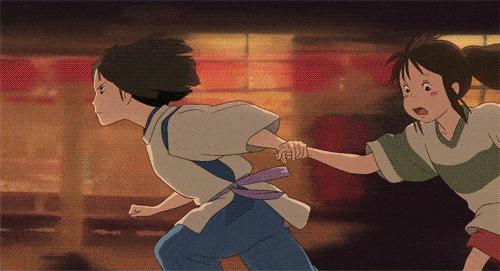
Embark on thrilling quests and explore fantastical worlds with the captivating genre of animated adventure. From the epic journeys of The Lord of the Rings to the high-flying battles of How to Train Your Dragon, animated adventures offer an escape into the unknown, filled with excitement, danger, and discovery.
What it comprises of:
- A compelling world with unique settings, inhabitants, and challenges.
- High-octane action sequences that keep the audience engaged and on the edge of their seats.
- Relatable characters with clear motivations and goals who embark on a transformative journey.
Tips for animation screenwriting in adventure:
- Craft a world that feels believable and immersive, drawing inspiration from various sources.
- Develop thrilling action sequences that showcase animation’s visual storytelling potential.
- Create relatable characters that the audience can root for and follow on their journey.
Helpful video resources:
- “How to World-Build for Fantasy: A Crash Course in Fantasy Screenwriting” by StudioBinder:
- “Creating Compelling Characters: A Crash Course in Character Development” by StudioBinder:
Examples of successful animated adventures:

- Spirited Away (coming-of-age adventure)
- How to Train Your Dragon (fantasy adventure)
- Moana (oceanic adventure)
- Kung Fu Panda (action-adventure)
- Spider-Man: Into the Spider-Verse (superhero adventure)
iii. Drama:
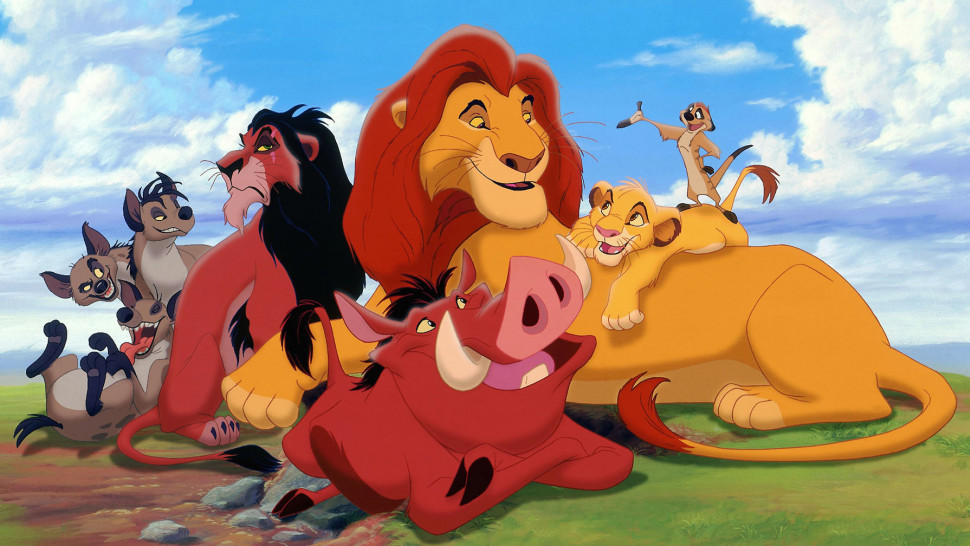
Delve into complex emotions and explore the human experience with the evocative power of animated drama. From the poignant coming-of-age story of Spirited Away to the heartwarming family drama of Coco, animated dramas offer a platform for impactful storytelling that resonates with audiences on a deeper level.
Drama animation explores a wide range of emotional landscapes, from the heart-wrenching tale of “Grave of the Fireflies” to the coming-of-age drama of “The Lion King.” It uses animation to delve into nuanced and thought-provoking themes.
Tips for Animation Screenwriting Drama Animation:
Focus on character development and nuanced storytelling. Use animation to enhance emotional impact through visual metaphors. Embrace the medium’s potential to convey complex emotions in ways that live-action cannot.
Relevant YouTube Videos for Learning:
2. Animation Screenwriting for Emerging Genres
i. Adult Animation/Edu-animation:
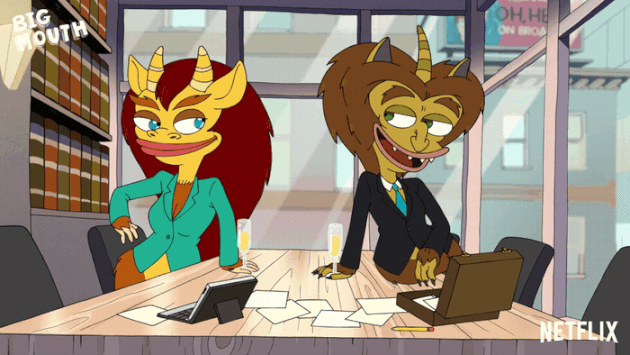
This genre tackles mature themes and complex topics, often appealing to an older audience. Shows like BoJack Horseman and Big Mouth explore dark humor, social commentary, and philosophical questions, while edu-animation series like Adam Ruins Everything and Explained offer informative content in an engaging and entertaining format.
What it comprises:
- Mature themes: Dealing with sensitive topics like addiction, mental health, and societal issues.
- Complex characters: Portrayed with depth and flaws, often grappling with internal struggles.
- Dark humor: Utilizing humor to explore challenging themes in a thought-provoking way.
- Social commentary: Reflecting on contemporary issues and offering critical perspectives.
- Educational content (for edu-animation): Presenting information accurately and engagingly.
Tips for animation screenwriting in edu-animation:
- Clearly define your target audience and tailor your content accordingly.
- Handle mature themes responsibly and with sensitivity.
- Utilize humor effectively to make your message resonate with the audience.
- Ensure the information presented in edu-animation is accurate, reliable, and engaging.
Helpful video resources:
- “The Rise of Adult Animation and Why It Matters” by NowThis News
- “Writing for Adult Animation” by ScreenCraft
Examples of successful adult animation/edu-animation:
- BoJack Horseman (dark comedy)
- Big Mouth (coming-of-age comedy)
- Rick and Morty (meta humor)
- South Park (satire)
- Adam Ruins Everything (edu-animation)
ii. Documentary Animation:
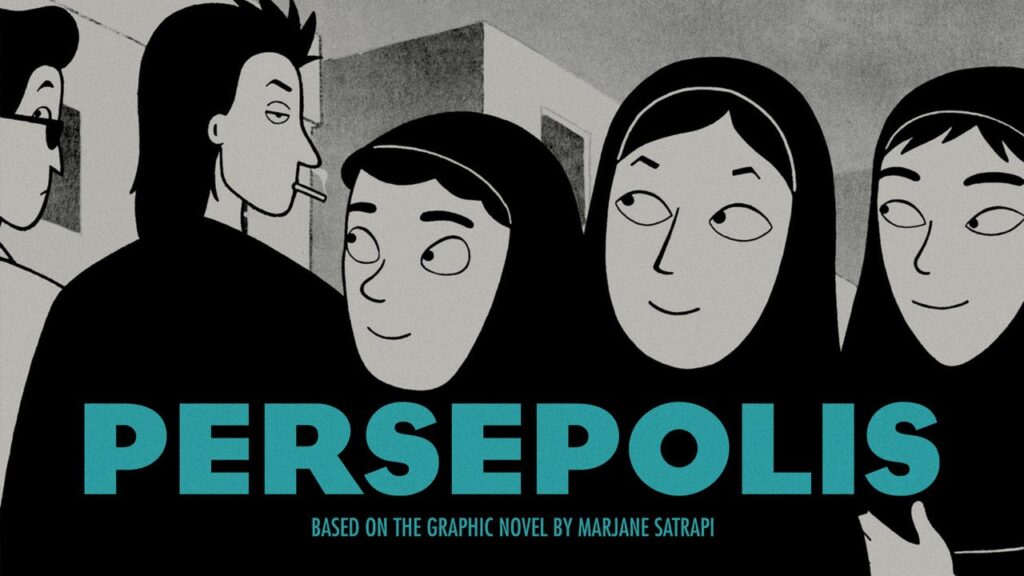
This genre blends the power of animation with the storytelling techniques of documentary filmmaking to explore real-world events and experiences with a unique perspective. Films like Waltz with Bashir and Flee utilize animation to tackle sensitive topics and bring historical events to life in a visually captivating and emotionally resonant way.
What it comprises of:
- Real-world event or story: Serving as the core subject matter.
- Thorough research: Ensuring factual accuracy and responsible representation.
- Animation: Enhancing the storytelling with visuals, music, and sound design.
- Unique perspective: Offering a fresh look at historical events or personal experiences.
- Emotional resonance: Evoking empathy and understanding in the audience.
Tips for animation screenwriting in documentary :
- Choose a compelling real-world event or story that can be effectively told through animation.
- Conduct thorough research to ensure the factual accuracy of your story.
- Utilize animation to enhance the storytelling and add emotional depth to the documentary.
- Maintain a respectful and responsible approach to sensitive topics.
Helpful video resources:
- “Documenting the World with Animation” by TED Talks
- “How to Make a Documentary Film: A Crash Course” by Film Riot:
- “The Power of Animation in Documentary Storytelling” by PBS Frontline
Examples of successful documentary animation:

- Waltz with Bashir (wartime trauma)
- Flee (refugee experience)
- Persepolis (coming-of-age amidst the Iranian Revolution)
- Tower (mass school shooting)
- The Witness (genocide survivor story)
3. Animation Screenwriting for Beyond Genres
i. Animatrix:
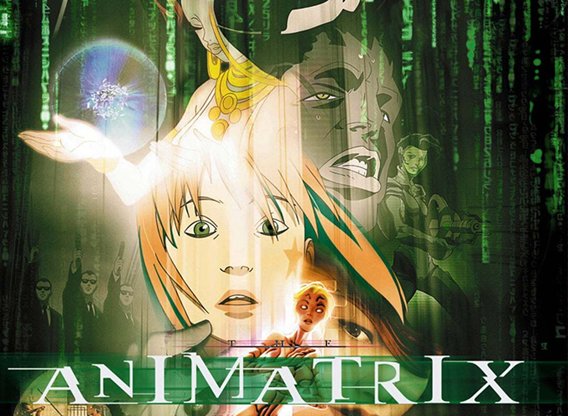
This format combines multiple short animated films to explore a single universe or theme. The Matrix Animatrix, for example, used six short films to expand the world-building and lore of the Matrix franchise.
What it comprises of:
- A central theme or concept: Connecting the individual short films.
- Diverse short films: Exploring different aspects of the theme through unique stories and styles.
- Cohesive cinematic experience: Despite being composed of individual films, the Animatrix maintains a unified tone and aesthetic.
- Visual storytelling: Utilizing animation to create stunning visuals and enhance the narrative impact.
- Expansion of existing worlds: Building upon the lore and characters of established franchises.
Tips for writing an Animatrix:
- Develop a strong central theme or concept that resonates with the audience.
- Create diverse and engaging short films that offer a variety of perspectives and styles.
- Ensure each film has its own unique narrative voice and visual style.
- Use animation to visually enhance the storytelling and create a cohesive cinematic experience.
ii. Hybrid Genres:
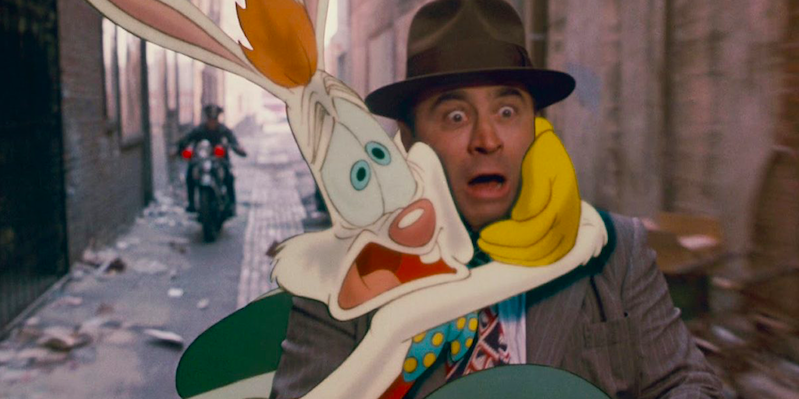
The realm of hybrid genres in animation breaks down the barriers between traditional classifications. Films like “Who Framed Roger Rabbit” seamlessly blend animation with live-action, creating a unique storytelling experience that transcends genre boundaries.
What It Comprises:
- Hybrid genres combine animated elements with live-action
- creating a seamless blend of two distinct worlds.
- Films like “Roger Rabbit” integrate animation and live-action characters, offering a refreshing and innovative viewing experience.
Tips for Screenwriting Hybrid Genres
- Integrate animation and live-action seamlessly.
- Pay attention to the interaction between animated and real-world elements.
- Hybrid genres require careful coordination between animators and live-action filmmakers to create a cohesive and engaging narrative.
Helpful video resources:
Conclusion
With its boundless creativity and storytelling potential, animation offers a thrilling landscape for screenwriters to explore. From the timeless appeal of comedy and adventure to the thought-provoking themes of historical fiction and drama, each genre unlocks unique opportunities to connect with audiences and leave a lasting impact.
As animators venture into diverse storytelling territories, platforms like Supersaga can become invaluable companions. Supersaga not only provides a dedicated space for scriptwriting and collaboration, but also equips creators with the tools and resources needed to bring their animated visions to life. With its intuitive interface, advanced features, and supportive community, Supersaga empowers animators to translate their ideas into captivating stories across a vast spectrum of genres.
Whether you’re a seasoned screenwriter or just beginning your journey, embrace the diverse possibilities’ animation offers. So, what are you waiting for?
Dive into the exciting world of animation screenwriting and let Supersaga help you turn your vision into reality!

